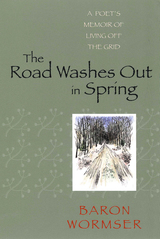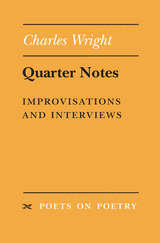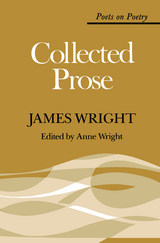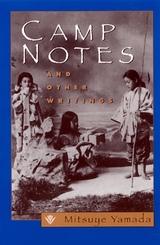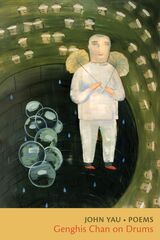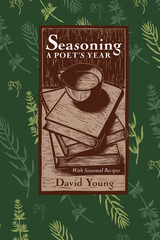Cloth: 978-0-87745-524-0 | eISBN: 978-1-58729-256-9
Library of Congress Classification PS3573.Y19L5 1995
Dewey Decimal Classification 813.54
With all the drama and complexity of a symphony, Listening to Mozart traces forty years in the life of flutist James Baxter. Many of the stories in this collection—actually a novel in stories—center on or revolve around James' relationship with Anna, a potter and artist. Each story is a separate movement, yet they combine to create a deeply textured whole work. The stories chronicle James' inward journey, as well as his life and loves, with a voice repeatedly transformed through the years.
“Bach Suite” serves as a prologue and deals with the split in consciousness that often accompanies musical performance. The story imitates the musical form it describes and tunes the reader's ear to the innermost thoughts of a musician. Each succeeding story introduces another episode in James' life—his music school days in Philadelphia with his first love, Zoe, his stint in the U.S. Marine Band during the Vietnam War when he meets Anna, his adventures with his friend Franklin, his experiences with the mysterious Dalawa, a trip with Anna to Toronto to immerse themselves in the culture and music of South India. James' friendships, affairs, experiences, and occasional angst resound in each story.
In all the stories, in all his relationships, James finds himself experiencing his life in much the way he experiences music. There is a moment for which he is waiting, yet for which he is never fully prepared, a moment which passes inexorably. Sometimes, in the rare musical experience, he is able to penetrate that moment and allow time to fall away. These moments are the signposts of his life, like the movements of the Bach suite, but unbidden, and they give him his only perspective and vision.
See other books on: Fiction | Listening | Man-woman relationships | Mozart
See other titles from University of Iowa Press



